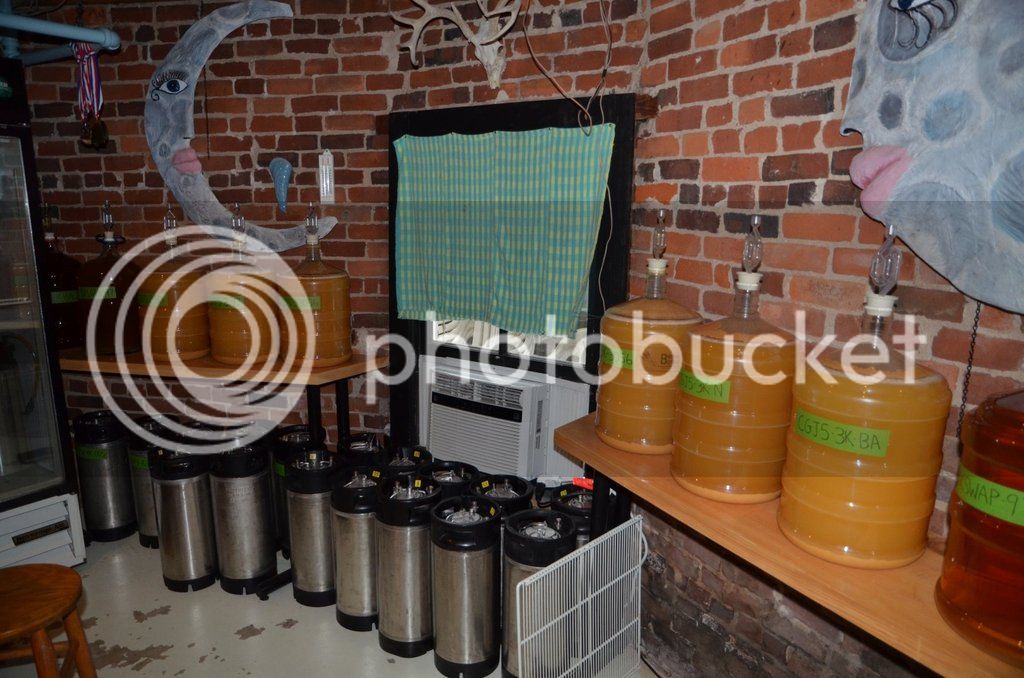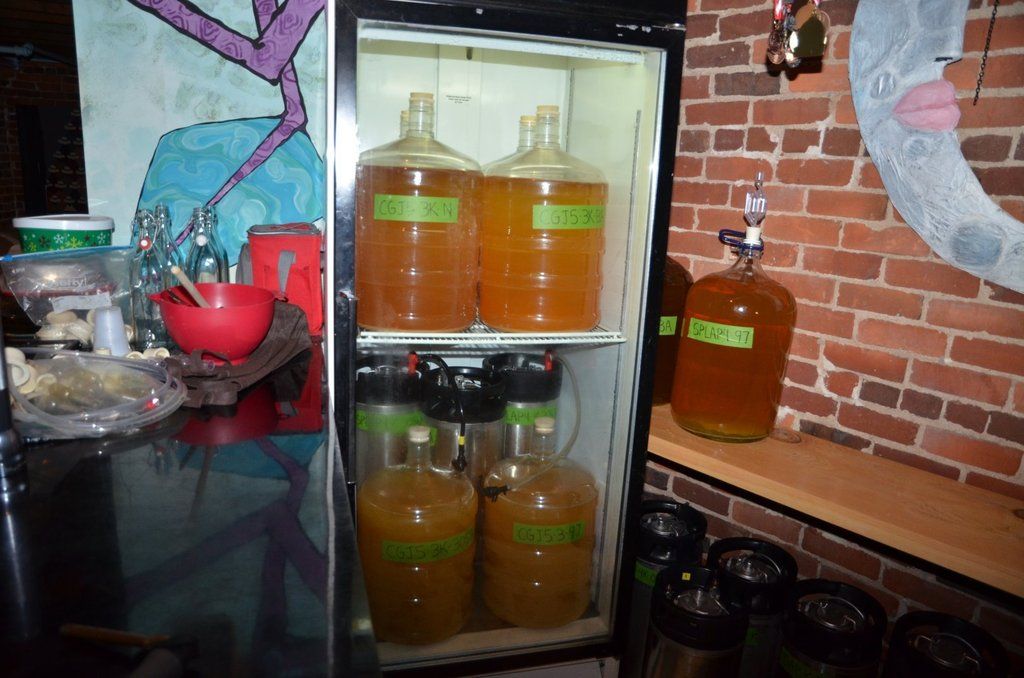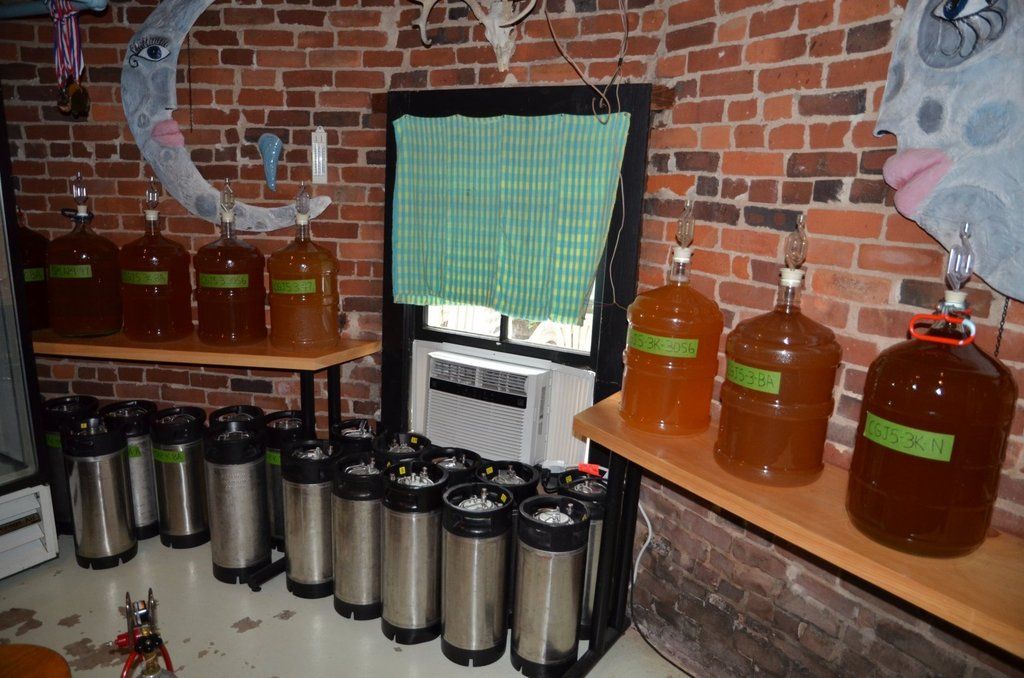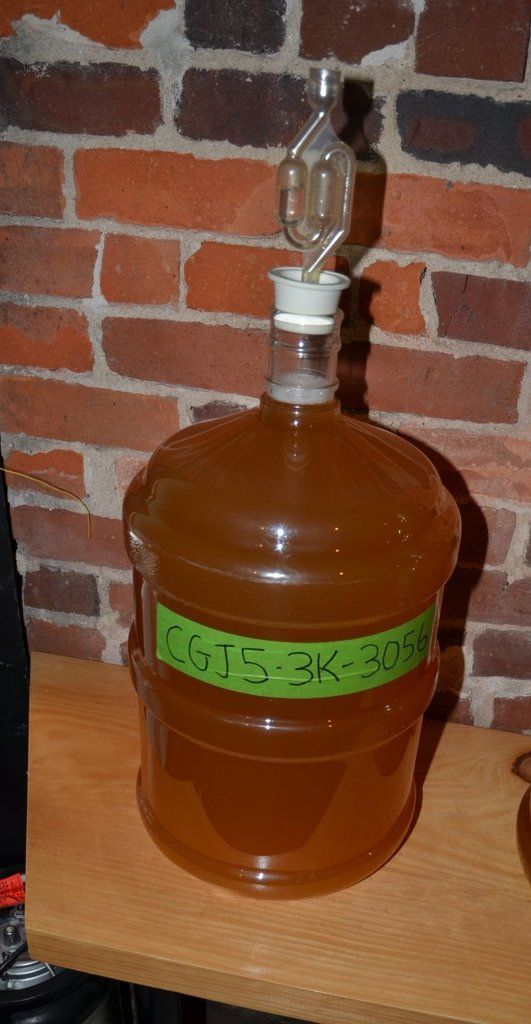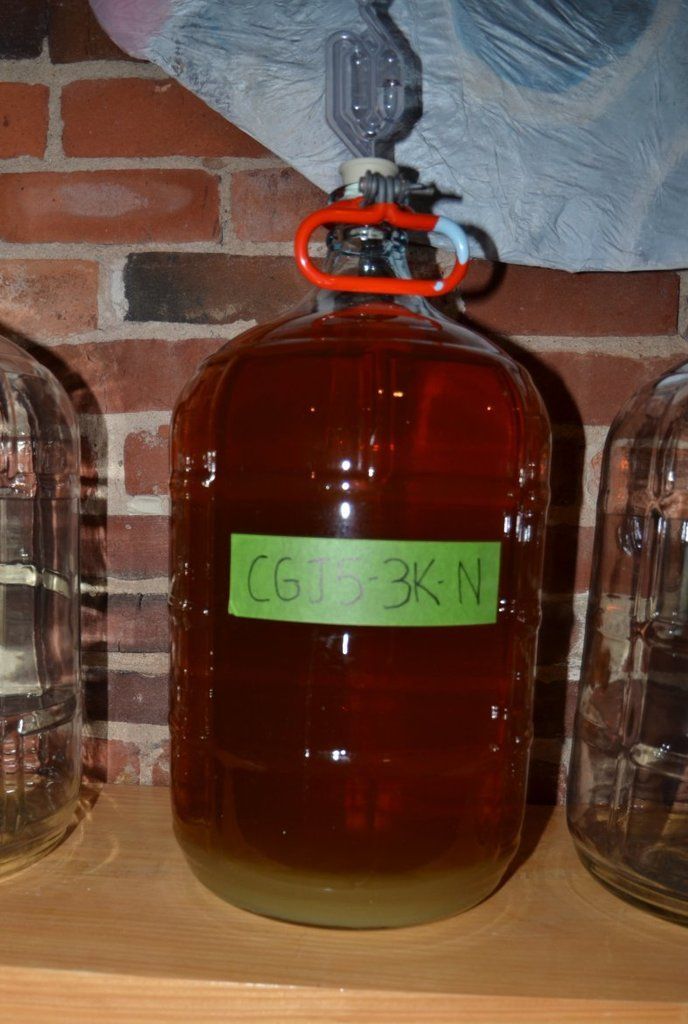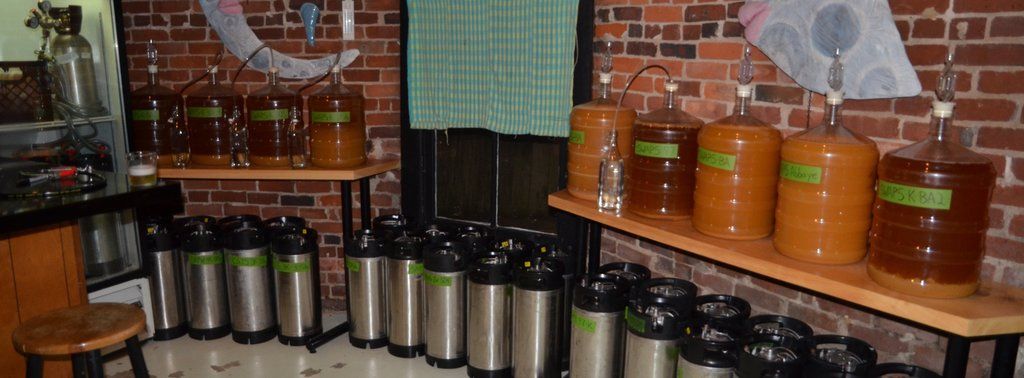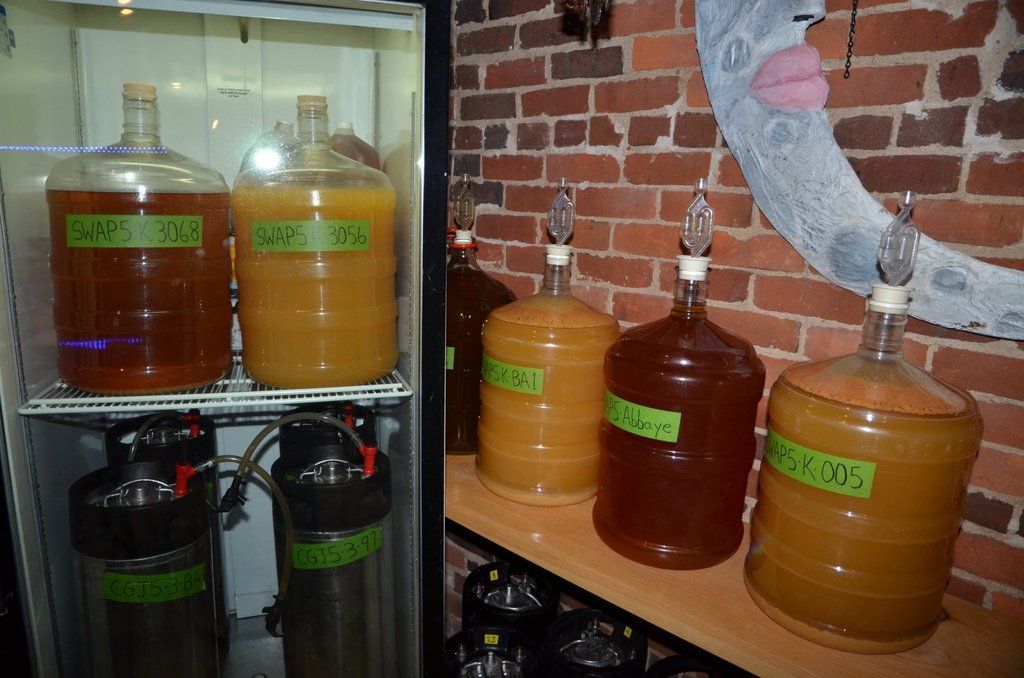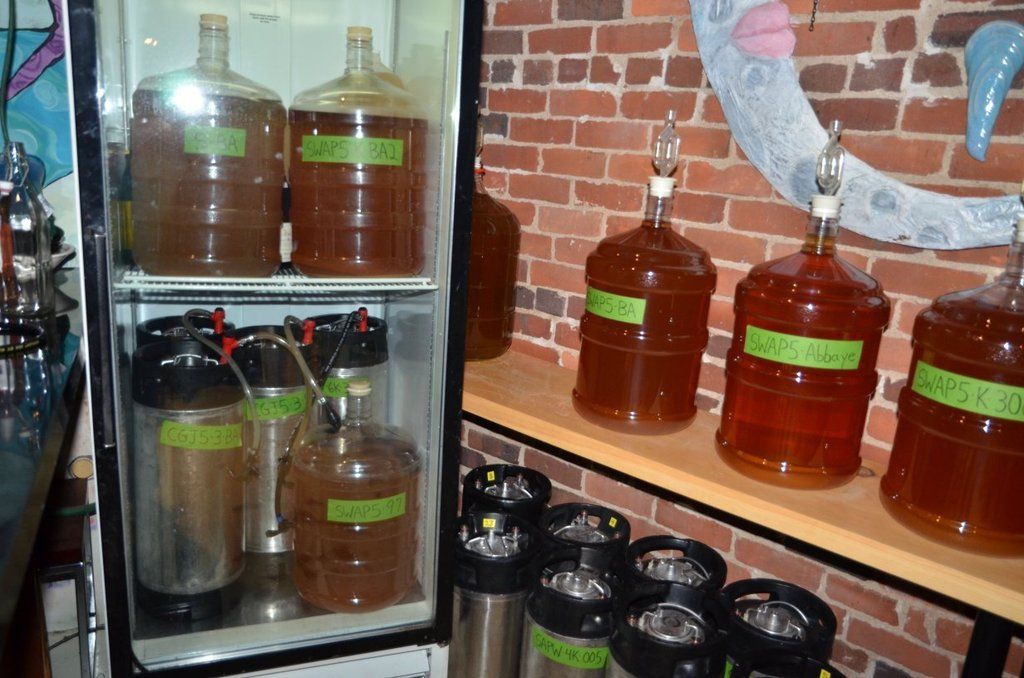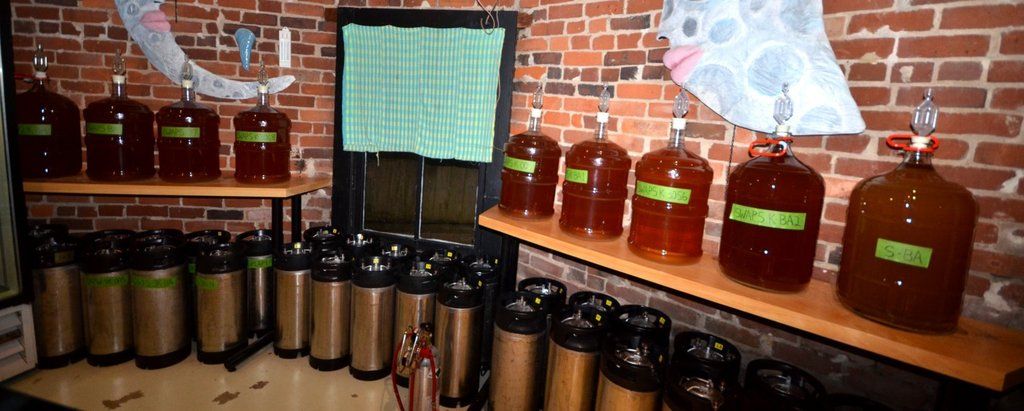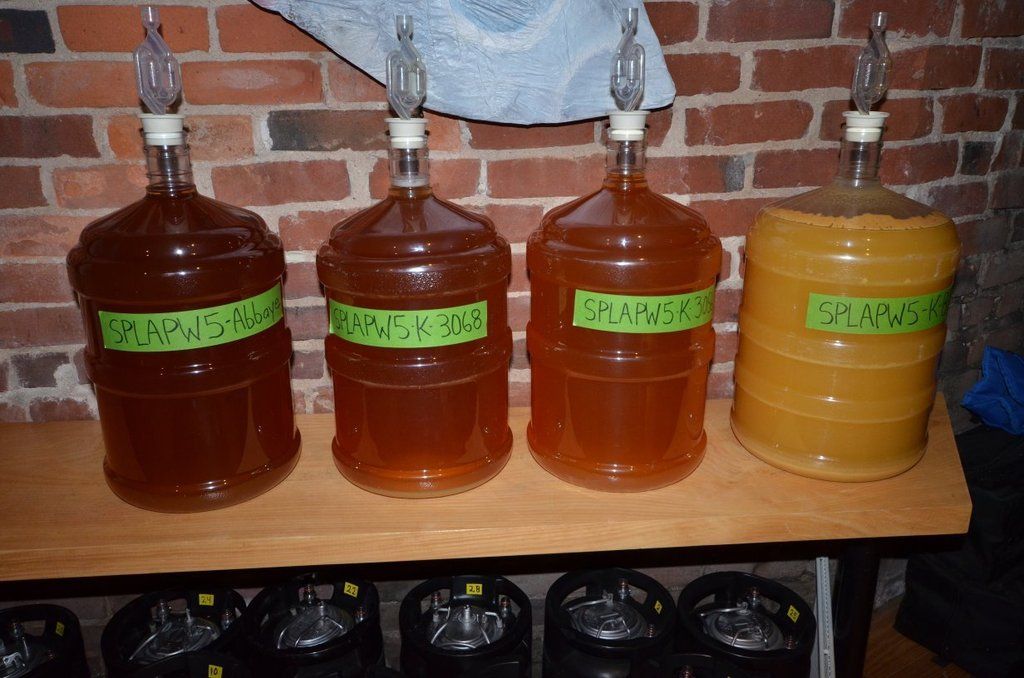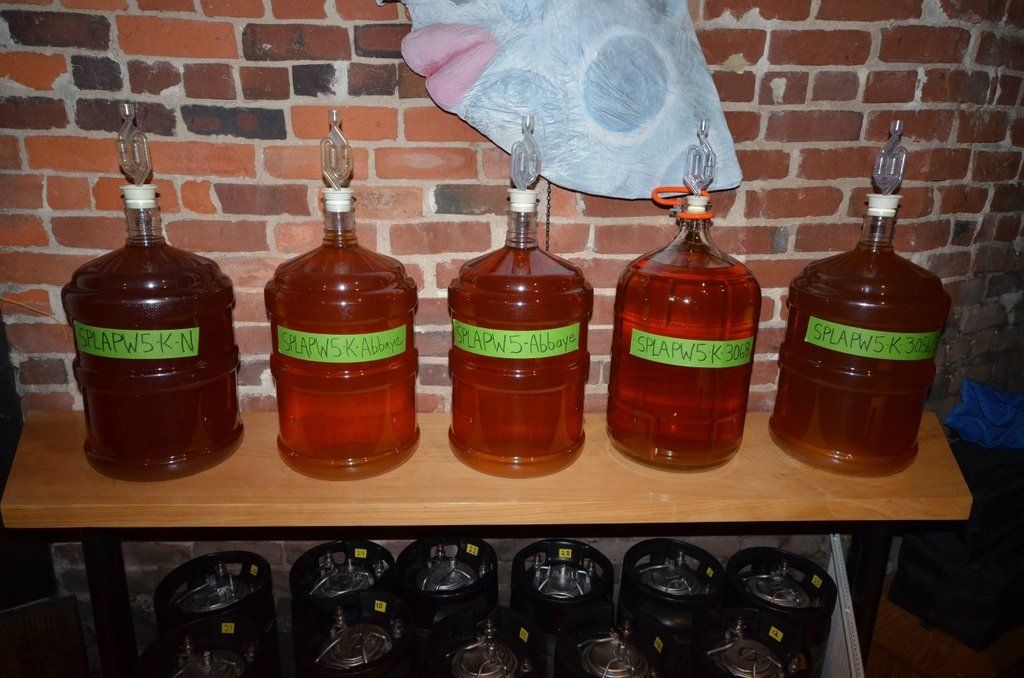CvilleKevin
Well-Known Member
I get juice from a low fertilizer orchard, and it will usually go down to 1.002 or so on its own with ale yeast. Sometime a little higher. But juice I used to get from other orchards could get down to 0.998 no problem with ale yeast if I didnt stop it in time.
With juice from non fertilized trees, it would probably stop a little higher on its own. How much, I dont know. But I know for a fact that S04 and US05 will easily take it down to 0.998 if there enough nutrient there, even when starting SG is above 1.060. WLP041 might stop a little higher and not sure about the others.
One consideration if the yeast stop on their own above 1.000 due to nutrient reduction, then adding priming sugar is not going to help much, because the yeast wont be able to do much with the extra sugar if there is no nutrient. You may get some carb, but it will probably take a while
One of the advantages of having your own trees is that in theory the nutrient levels ought to be fairly consistent from year to year, so if you find a yeast that you like and it stops out on its own at say 1.004, then next year you could bottle at 1.006 before its done and let the yeast carb while it is finishing out
These days I am sulfiting about half of my batches and setting those aside to last through the next summer. I am really looking forward to drinking some fresh unsulfited cider, which I should have ready in a few days. One thing I've noticed in the past couple of years is that the juice that is pressed late in the season tends to turn more quickly if it is not sulfited. The early season stuff lasts fairly long regardless. I suppose that is due to slightly more spoilage when the apples are sitting in storage for several months after being harvested, so cider goes funky faster if not sulfited
With juice from non fertilized trees, it would probably stop a little higher on its own. How much, I dont know. But I know for a fact that S04 and US05 will easily take it down to 0.998 if there enough nutrient there, even when starting SG is above 1.060. WLP041 might stop a little higher and not sure about the others.
One consideration if the yeast stop on their own above 1.000 due to nutrient reduction, then adding priming sugar is not going to help much, because the yeast wont be able to do much with the extra sugar if there is no nutrient. You may get some carb, but it will probably take a while
One of the advantages of having your own trees is that in theory the nutrient levels ought to be fairly consistent from year to year, so if you find a yeast that you like and it stops out on its own at say 1.004, then next year you could bottle at 1.006 before its done and let the yeast carb while it is finishing out
These days I am sulfiting about half of my batches and setting those aside to last through the next summer. I am really looking forward to drinking some fresh unsulfited cider, which I should have ready in a few days. One thing I've noticed in the past couple of years is that the juice that is pressed late in the season tends to turn more quickly if it is not sulfited. The early season stuff lasts fairly long regardless. I suppose that is due to slightly more spoilage when the apples are sitting in storage for several months after being harvested, so cider goes funky faster if not sulfited


